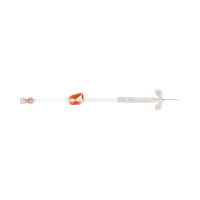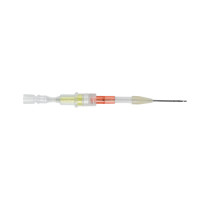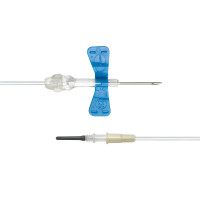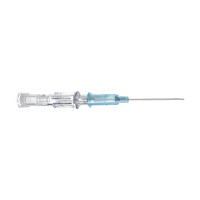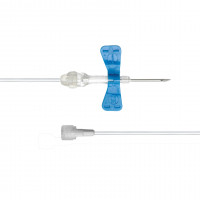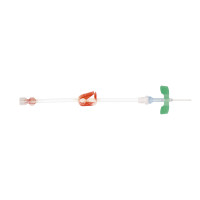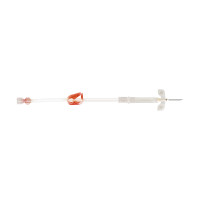
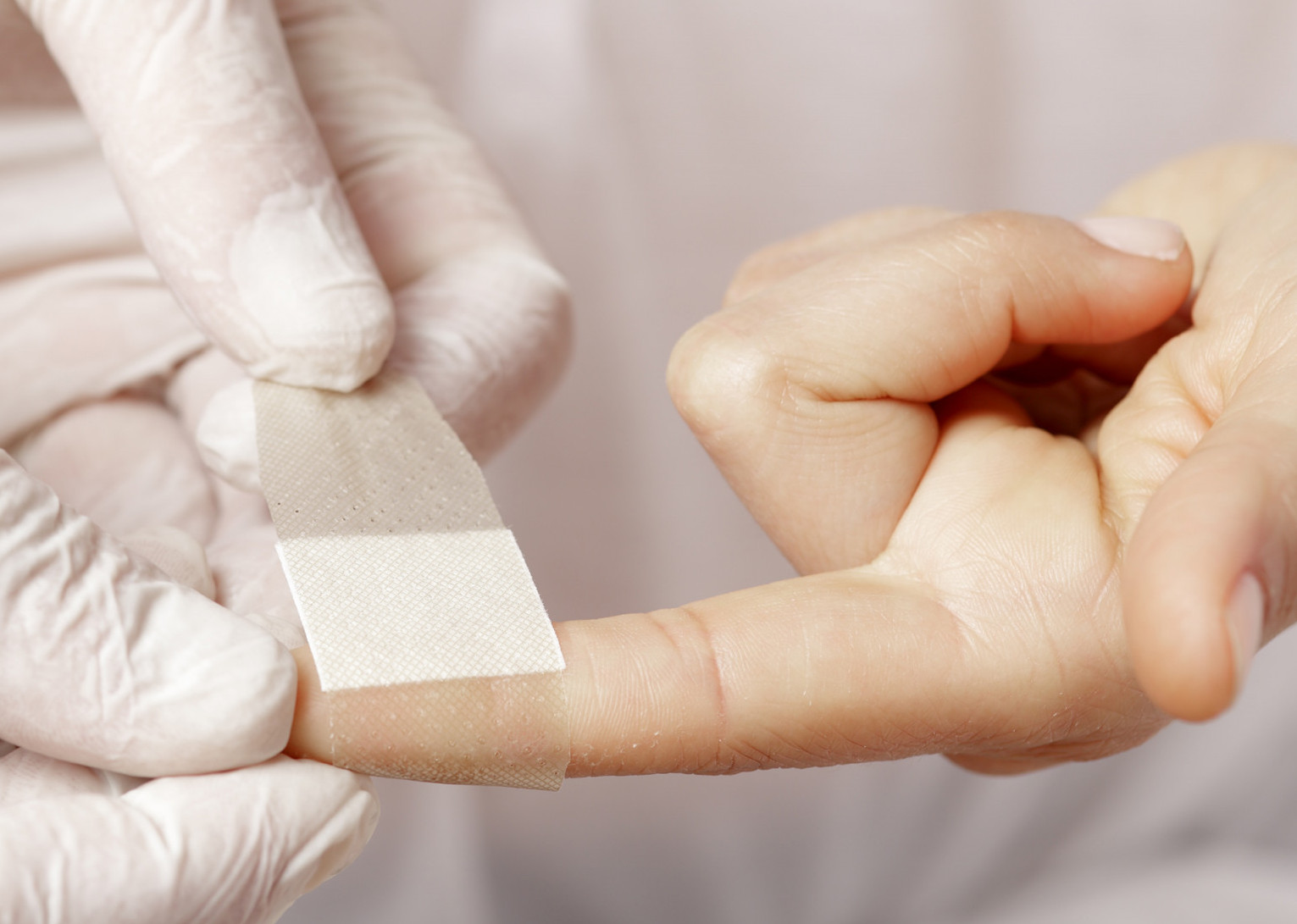
During hemodialysis, the cannulation of a patient’s vascular access is a vital necessity. It is also a point of stress for both patient and nurse.
For nurses, that stress is two-fold:
- The fear of failing to puncture successfully, which may unintentionally damage the vein or create pain and excess discomfort for the patient.
- The fear of needle stick injuries, leading to potentially serious consequences.
Needlestick Injuries (NSI) represent a major concern for the safety of healthcare professionals involved in clinical care.
The percentage of healthcare professions reporting NSIs varies between 19 and 38%, and the occurrence is most frequent among employees who have close clinical contact with patients or patient specimens, such as hemodialysis nurses.(1)
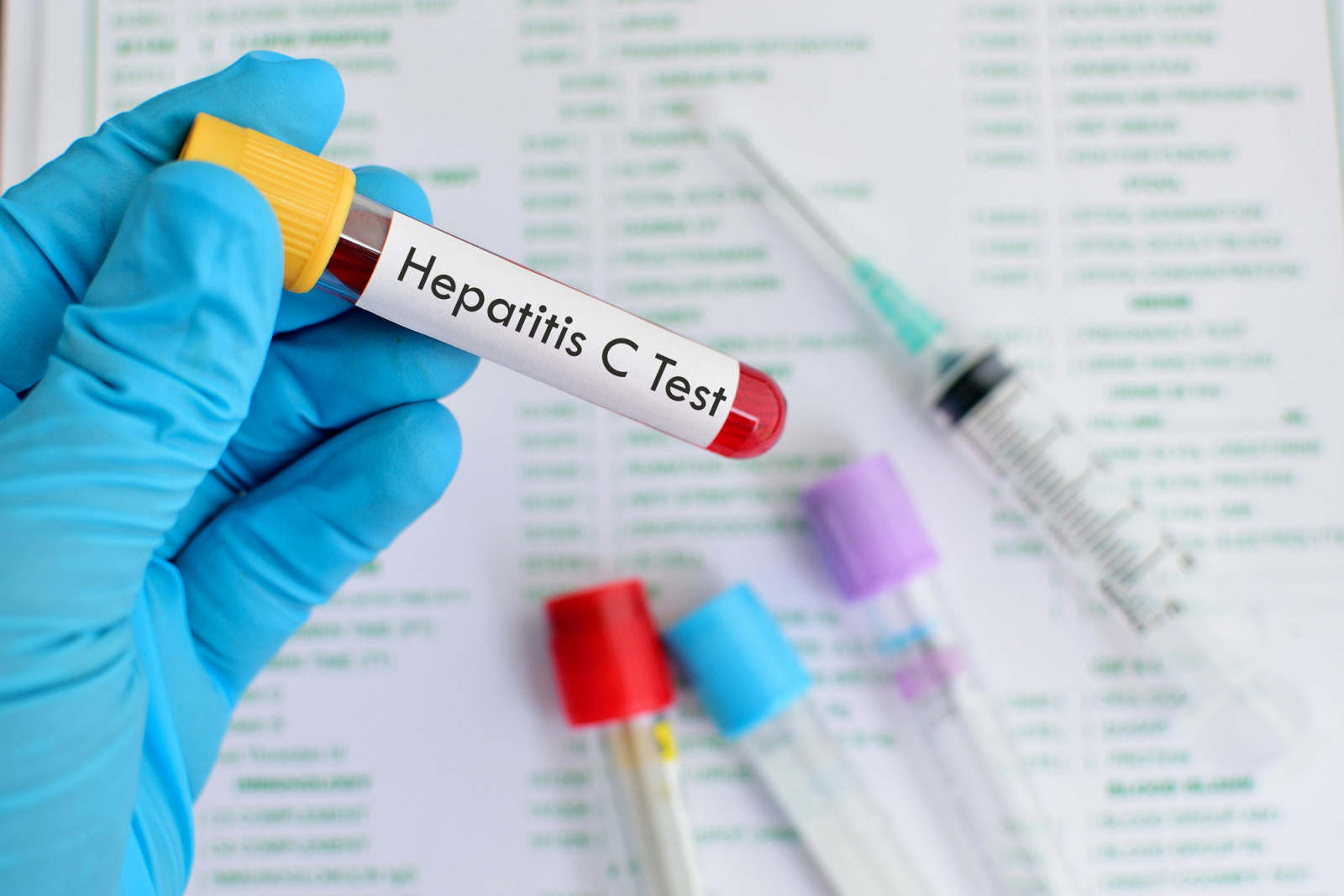
The risks are real AND relevant
Accidental needle stick and sharp object injuries carry major risk factors for blood-borne infections. It is estimated that approximately 2 million NSI result in hepatitis B, hepatitis C, and HIV infections annually. (2)
There is a clear and present need for medical institutions to adhere to universal safety precautions in order to avoid injuries of this kind. The need is especially critical for those healthcare professionals who are exposed to bodily fluids or blood products – particularly those in hemodialysis centers.
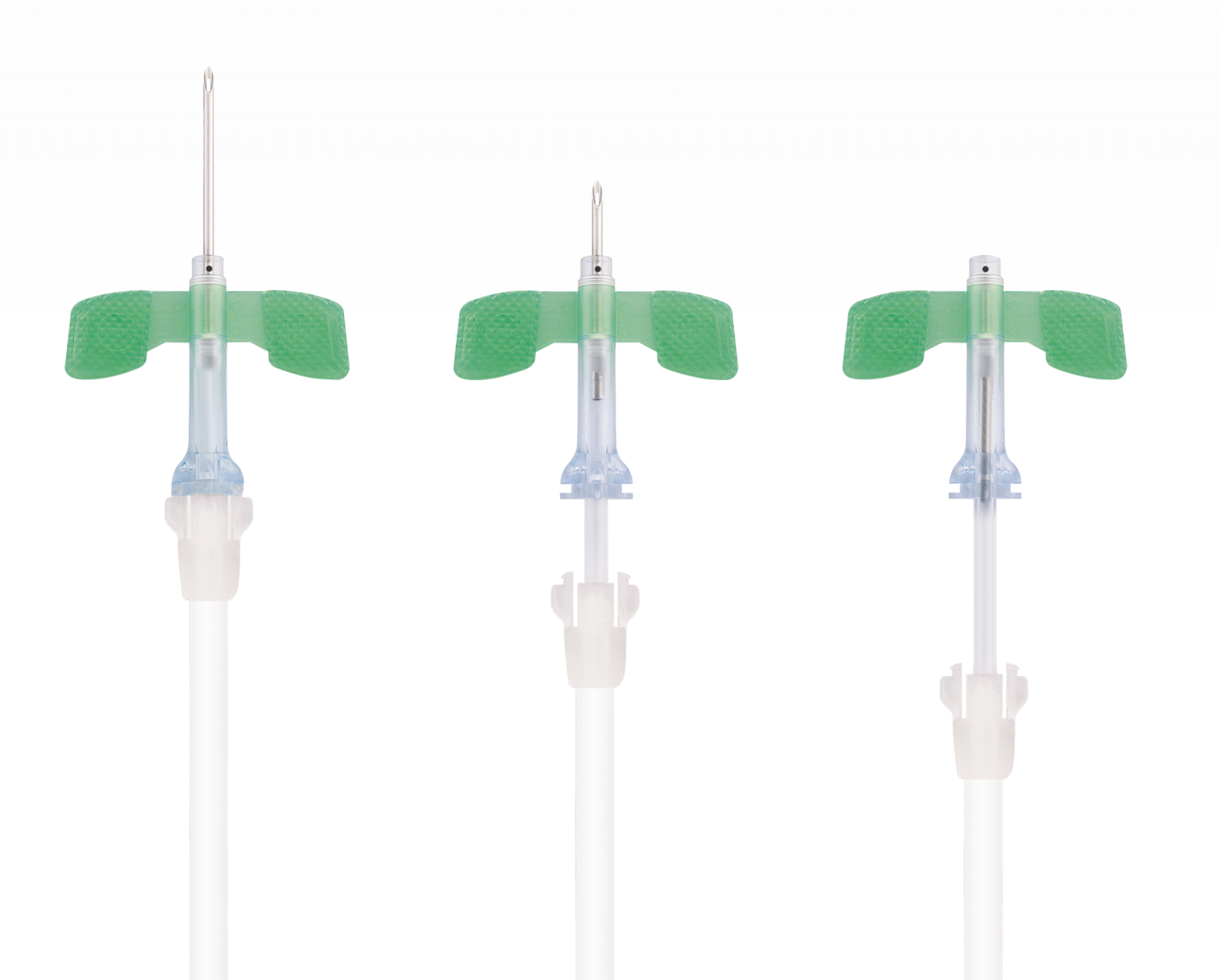
Safety takes on many forms
Reducing stress for patients and nurses is possible! It is matter of addressing fears thanks to adequate protection that mitigate the risk of environmental and job-related hazards:
- Adopting and implementing safety procedures
- Systematic and structured training to build confidence (addressing stress factor #1 – the fear of failing to puncture successfully)
- Purchasing “safety” products (addressing stress factor #2 – the fear of needle stick injuries)
With regard to “safety” products, these are especially helpful in decreasing stress for nurses. Safety needles are designed to shield the cannula. Some will immediately encase the needle upon withdrawal from the vascular access, while others are easily activated with one hand. The process is usually irreversible, which translates to maximum protection from NSI.
So what are you waiting for? Think about your own health and the health of your colleagues. Make sure the products you use on a daily basis are correctly equipped to minimize NSI.
Footnotes
- AO Adefolalu Ann Med Health Sci Res. 2014
- https://www.who.int/occupational_health/topics/needinjuries/en/
